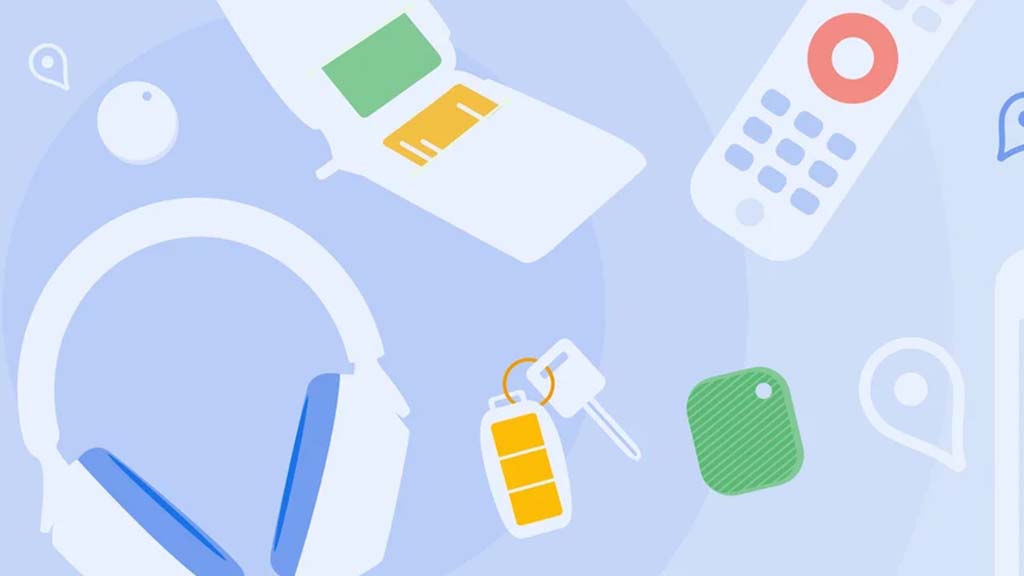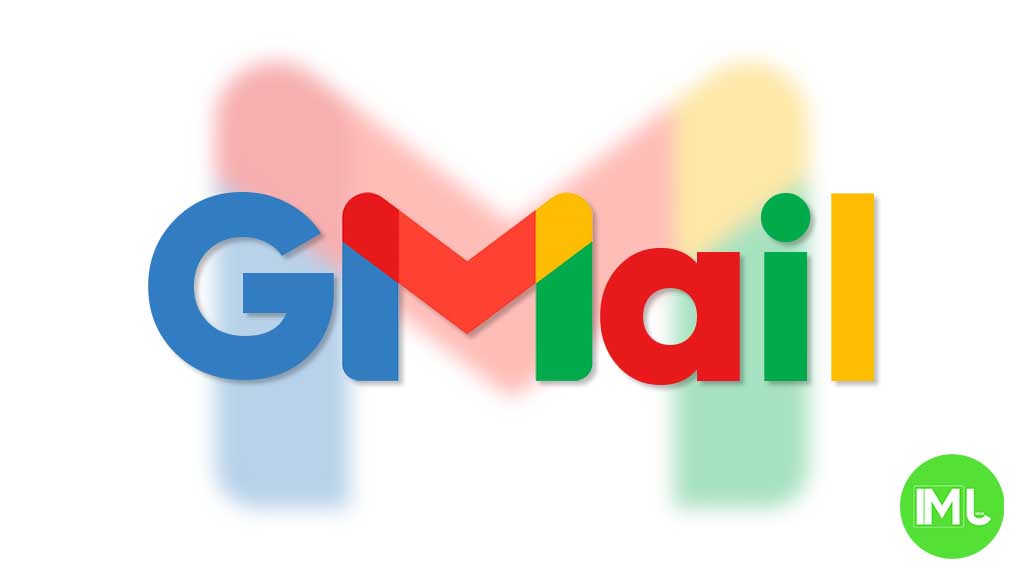Google’s Latest Innovations: Pollen Count, immersive weather vibrations, motion sickness solutions, and Circle to Search redesign

Google has rolled out several exciting features across its Pixel Weather app, Android, and Circle to Search, bringing innovative solutions and updates for users worldwide. From improved weather insights and immersive interactions to addressing motion sickness and a redesigned search interface, here’s a detailed look at what’s new.
Pixel Weather: Pollen Count and Immersive Vibrations
Pollen Count for Weather Insights
Pixel Weather now features a Pollen Count card, giving users detailed insights into allergens such as grass, tree, and weed pollen. The card includes a 3-to-5-day forecast, helping users plan better for outdoor activities. This feature is currently available in France, Germany, Italy, and the UK, but Google allows the data to be viewed globally. Expansion to other regions is expected in the future.
To make the Pollen Count card more accessible, users can rearrange it within their weather feed. For those managing allergies, this feature offers a significant convenience.
Immersive Weather Vibrations
On the Pixel 8 and newer devices, Google introduced Immersive Weather Vibrations, offering haptic feedback that mimics the density and intensity of rain or other precipitation. This feature enhances the animated weather visuals created by AI, providing a more tactile experience.
- Customization: Enabled by default, this can be turned off in the account menu.
- Safety First: Vibrations are automatically disabled during dangerous weather conditions and when Battery Saver mode is active.
These updates align with Google’s approach to delivering innovative, user-friendly experiences.
Motion Sickness Solutions: Motion Cues for Android
Google is developing a feature similar to Apple’s Vehicle Motion Cues, introduced in iOS 18, to help combat motion sickness (kinetosis). This issue affects users across devices when using smartphones during travel.
How It Works
- Apple’s Inspiration: iOS 18 uses animated black dots on screen edges to simulate motion, reducing sensory conflict between visual and physical movement.
- Google’s Motion Cues: Spotted in the beta version of Google Play Services v24.46.30, the upcoming feature promises visual aids to alleviate motion sickness. While specific details of Google’s implementation remain unclear, it is expected to deliver a similar experience and roll out across various Android versions via Play Services.
This feature isn’t live yet, and no official timeline has been shared for its release.
Circle to Search: Redesigned UI with App Drawer
Google’s Circle to Search feature, which allows users to perform contextual searches directly on their screen, is getting a major redesign.
What’s New?
- Redesigned Interface: A chunkier, more modern look with rounded UI elements replaces the previous sleek design.
- App Drawer Integration: A new app drawer replaces the translation button, streamlining the interface and allowing room for more features without cluttering the search bar.
- Functionality Updates:
- Translation and Google Lens shortcuts now require an extra tap.
- The Music Search button remains accessible, but Google might eventually offer customization for other shortcuts like Lens or translation.
This redesign hints at Google’s plans to expand Circle to Search’s functionality, potentially integrating more features without compromising usability.
Future Enhancements
Recent leaks suggest Google is working on enabling Circle to Search in videos. While it’s unclear whether this feature will apply universally or only to specific platforms like YouTube, it underscores Google’s commitment to evolving the tool for diverse use cases.
Conclusion
From weather tracking to motion sickness aids and revamped search experiences, Google continues to push boundaries with thoughtful innovations. The Pixel Weather Pollen Count and Immersive Vibrations, the upcoming Motion Cues, and the Circle to Search redesign reflect the company’s focus on user-centric updates. These features not only enhance functionality but also cater to the needs of a tech-savvy audience looking for seamless, intuitive experiences.
Stay tuned as Google rolls out these updates across regions and devices, shaping the future of smart, integrated technology.
Android
Android’s Find My Device speeds up with UWB coming soon

Google’s Find My Device network for Android has gotten a big boost, making it much quicker to locate misplaced items. Recent checks show it’s now four times faster than it used to be, keeping up with Apple’s AirTags in crowded spots like malls or events. For instance, at CES 2025, a tracker tucked in a bag updated its location just as fast as an AirTag nearby. This speed-up is thanks to more Android users turning on tracking for all locations, not only busy areas, which helps the system spot items more reliably.
In less crowded places, the network can still have trouble since fewer Android phones are nearby to share location signals. But Google’s working on this by nudging users through app alerts to enable tracking in quieter spots. Plus, recent updates to tracker software and apps have made connections more stable and accurate.
Looking ahead, Google’s gearing up to roll out ultra-wideband (UWB) technology. This will let you find items with pinpoint accuracy, even within a room, using cool augmented reality (AR) visuals, much like Apple’s setup. The Moto Tag, a tracker ready for UWB, is already available, just waiting for Google to activate this feature. Not all Android phones support UWB yet, but future models like the Pixel 10 might include it. These changes prove Google’s determined to make its Find My Device network a top choice for tracking lost stuff.
Gmail and Google Photos get new design and useful updates

Google is giving Gmail and Google Photos some fresh updates to make things easier and more user-friendly.
First, Gmail on the web is now getting a new layout option. You can choose between “Cozy,” “Comfortable,” or “Compact” views based on how much space you want between your emails. Google is also adding a setting to control whether your inbox and labels stay on screen or only show up when needed. These changes make it easier to personalize how Gmail looks and feels.
Meanwhile, Gmail for iPhone is getting a visual upgrade. The app now uses Google’s updated design style called “Material 3.” You’ll notice a cleaner look with a rounded search bar at the top, smoother icons, and better spacing. Although the bottom bar and buttons look mostly the same, the overall design feels more modern and easier on the eyes.
Lastly, Google Photos is bringing back a helpful feature. The classic search shortcut that appears in the bottom bar is returning, making it quicker to find your photos. Before this, the shortcut had been removed when Google added the new “Memories” tab. Now, both features work together, letting you browse memories and search with ease.
These updates aim to make Google’s apps feel more useful, clean, and easier to use on both desktop and mobile.
Android
Android 16 boosts USB data safety and fixes delayed notifications on Pixel phones

Google’s upcoming Android 16 update is bringing better security and some helpful improvements, especially for Pixel phone users. One of the main features in Android 16 is a new way to protect your phone’s data when it’s connected to a computer through USB. Right now, when you plug your phone into a PC or laptop, it can access all your data as long as you approve it.
With Android 16, Google is adding an extra security layer that only allows limited access unless you enter your PIN, password, or use your fingerprint. This will help protect your files if someone tries to access your phone without permission.
At the same time, Google is also working on a fix for a frustrating issue that some Pixel users have been facing for months — delayed notifications. After the April 2024 update, many users noticed that app alerts were not showing up on time, especially from messaging apps. Google has confirmed the problem and says a fix will be included in a future update, though it’s not in the current April patch yet.
Together, these changes show that Google is focusing on both stronger privacy and a smoother experience for Android and Pixel users. Android 16 is expected to roll out later this year, starting with developer previews.
-

 Apps1 year ago
Apps1 year agoGboard Proofread feature will support selected text
-

 News1 year ago
News1 year agoSamsung USA crafting One UI 6.1.1
-

 News1 year ago
News1 year agoBreaking: Samsung Galaxy S22 may get Galaxy AI features
-

 News1 year ago
News1 year agoSamsung Galaxy S23 Ultra with One UI 6.1 and all S24 AI features revealed
-

 News1 year ago
News1 year agoOne UI 6.1 Auracast (Bluetooth LE Audio) feature coming to many Samsung phones
-

 News1 year ago
News1 year agoSatellite SOS feature coming to Google Pixel phones, evidence leaked
-

 Apps11 months ago
Apps11 months agoGoogle’s fancy new Weather app is finally available for more Android phones
-

 News1 year ago
News1 year agoGoogle Pixel evolves as Europe’s third best selling flagship










